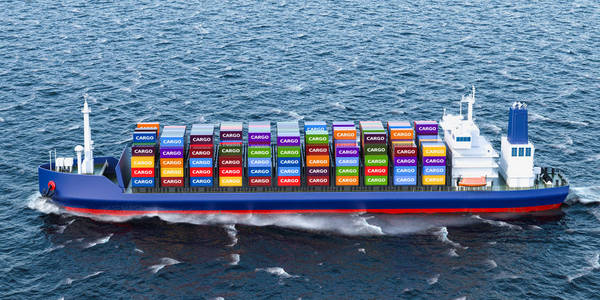标普全球市场财智最近发布的一份报告提出了在 2023 年第二季度实现供应链正常化的理由。
这份报告发布之际,美国进口水平下降,这在很大程度上是由于库存水平高于正常水平、消费者需求减少以及通胀水平仍然吝啬。但是,正如报告所观察到的那样,供应链正常化的大部分内容都是通过与大流行爆发前的情况相比现在的情况来看待的。

“2023年是全球供应链分成两半的一年,”标准普尔市场情报供应链研究主管Chris Rogers在报告中写道。“在 2023 年第二季度,供应链的正常化将在 2022 年底开始后继续进行。到2023年晚些时候,大流行后的企业战略应该会更加清晰,全球政策的不确定性可能会得到解决。
该报告根据各种指标和问题指出了全球供应链中各种例子,包括:
供应商交货时间达到2019年7月以来的最佳水平,全球贸易活动预计将放缓。有迹象表明,季节性航运模式正在正常化,不过要到2023年第三季度末才能得到证实。电子产品供应链仍处于中断状态;
以库存与销售比率和采购经理评估来衡量,企业库存接近,但不完全处于正常水平。现在评估以防万一是否会取代及时成为库存管理的主要战略还为时过早;
回流计划是一个多年的过程,有迹象表明,中国大陆可能会赢回某些产品失去的市场份额;
乌克兰正在进行的冲突可能会在年底前陷入僵局,并有可能扩大制裁和二级制裁;
随着类似芯片的法规的推出,全球技术供应链的分叉仍在继续,但完全脱钩的可能性仍然不大。
欧洲联盟和美国之间的紧张关系正在得到解决。和欧盟的碳边境调整机制(CBAM)于10月启动,并提出了报告要求。中国大陆和越南的钢铁和铝供应商可能会受到严重风险。
罗杰斯在接受采访时表示,全球供应链已经走出了历史性的中断时期,尤其是北美的物流网络。但他补充说,需要注意的是,在过去几年中,真正的供应链稳定性远非给定。
“2015年,我们谈论罢工,2016年我们谈论中国经济活动大幅下滑,”他说。“在2017年和2018年,我们谈论的是前总统特朗普实施的关税。然后我们偶然陷入了大流行,随后是一场战争。与此同时,德国有船只被困在运河和罢工中。真的总有一些东西。这几乎就像供应链经理无法休息的永久感觉。
关于供应链正常化,罗杰斯解释说,疫情驱动的需求在系统中产生了压力,导致托运人无法承受像西海岸港口工人罢工这样的事件,在港口严重拥堵的时候,例如,有 100 艘船在近海等待卸货。他观察到,原因是当供应链系统没有以同样的方式受到压力时,压力和相关威胁要低得多。
罗杰斯说:“西海岸的罢工(对那里的托运人)将是可怕的破坏性,但有很多替代方案可以绕过它,例如穿过东海岸。“我们已经看到很多供应链都适应了这一点。
更重要的是,从2023年的两半来看,供应链正常化与基本经济状况的正常化或回归有关。
“今年下半年是关于证明我们是否会进入人们如何运行供应链的旧常态或新常态,”他说。“关于弹性供应链的必要性已经有很多讨论。这涉及什么?它涉及持有更多库存并从多个国家采购。这些都非常昂贵...我们正在走向,如果不是衰退,那么肯定是经济放缓。您的股东和银行是否会对将大量现金捆绑在库存或多源中感到兴奋?这就是新常态应该有的样子。这将是今年下半年,当我们从数据中获得足够的“干净信号”,看看我们实际上在哪里结束。
来源:海运杂志